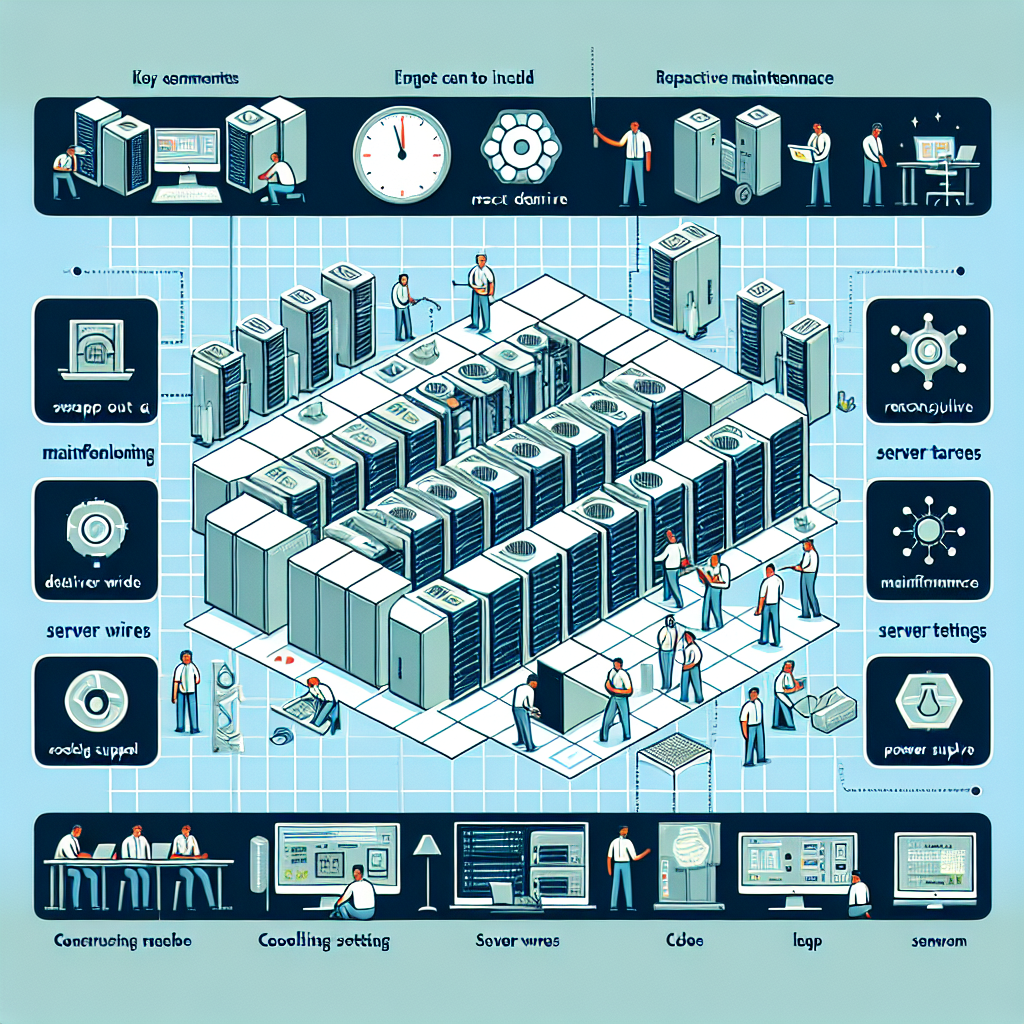Your cart is currently empty!
Best Practices for Implementing Data Center Reactive Maintenance

Data centers are the backbone of modern businesses, housing critical data and infrastructure that keep operations running smoothly. In order to ensure optimal performance and minimize downtime, proactive maintenance is essential. However, there are times when reactive maintenance is necessary to address unexpected issues that arise. Implementing data center reactive maintenance practices is crucial for maintaining the health and functionality of your data center. Here are some best practices to consider when implementing reactive maintenance in your data center:
1. Establish a clear escalation process: In the event of a critical issue, it is important to have a clear escalation process in place. This ensures that the appropriate personnel are notified and can respond quickly to address the issue. Having a designated point of contact and clear communication channels will help streamline the response process and minimize downtime.
2. Conduct regular inspections and monitoring: Regular inspections and monitoring of critical systems and equipment can help identify potential issues before they escalate into major problems. Implementing a comprehensive monitoring system that tracks key performance metrics and alerts staff to any anomalies can help catch issues early and prevent downtime.
3. Prioritize critical systems: Not all systems and equipment are created equal when it comes to the impact on data center operations. It is important to prioritize critical systems and ensure that they receive the necessary attention during reactive maintenance activities. This may include creating a prioritized list of systems and equipment based on their importance to overall operations.
4. Develop a response plan: Having a well-defined response plan in place for reactive maintenance activities can help ensure a timely and effective response to issues. This plan should include detailed steps for diagnosing and resolving issues, as well as a timeline for completion. By having a response plan in place, staff can act quickly and efficiently when issues arise.
5. Document all maintenance activities: Keeping detailed records of all reactive maintenance activities is essential for tracking issues and identifying patterns of recurring problems. This documentation can also help identify areas for improvement and guide future maintenance efforts. By maintaining thorough records, data center staff can better understand the health of their systems and make informed decisions about maintenance strategies.
In conclusion, implementing best practices for data center reactive maintenance is essential for ensuring the continued health and functionality of your data center. By establishing clear escalation processes, conducting regular inspections and monitoring, prioritizing critical systems, developing a response plan, and documenting all maintenance activities, data center staff can effectively respond to issues as they arise and minimize downtime. By following these best practices, businesses can ensure that their data center remains reliable and operational, supporting their overall operations and success.

Leave a Reply